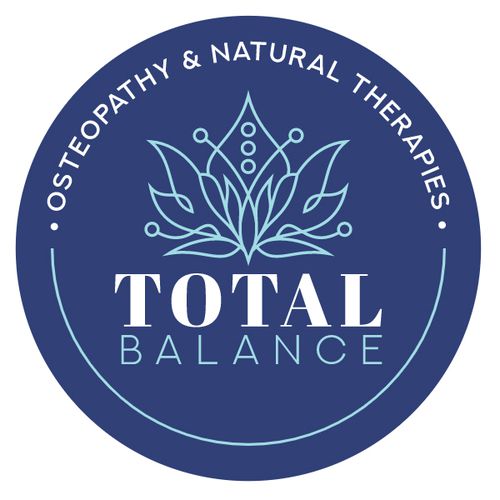
Shin splints can be a very painful and debilitating condition in the legs and is probably due to a number of factors, not least of which is often pre-season training sessions on hard baked summer ground.
To help prevent ‘shin splints’ with osteopathy, it is first important to understand what it is. The clinical name for this condition is Medial Tibial Periostitis. This literally means inflammation of the periostium (bone covering) on the inside aspect of the shin bone. Pain usually occurs on the inside part of the leg (not the front) and can vary in intensity from a mild soreness to a burning/tearing sensation. It can stop people running and cause significant disruption to training programmes and activity in general.
Usually inflammation in this part of the leg occurs where the deep muscles of the leg attach to the tibia (shin bone). If these muscles become overly tight they can pull excessively at their attachment causing micro-tearing and inflammation. These muscles can become tight for a variety of reasons, but quite significantly because these muscles are important in supporting the arch of the foot, any problems with the foot itself can be an issue. Overtraining, particularly on hard surfaces, with a lack of stretching can be another issue. Another major cause is related to poor footwear, either ill-fitting running shoes, or worse, running shoes that have done too many kilometres and have lost their support.
Treatment is usually focused on reducing the local inflammation along the tibia, reducing tension in the deep muscles of the leg and correcting any other mechanical problems in the lower limb. Most people find rest in the early stages the best relief but underlying issues usually need to be addressed if the problem is not going to return.
Prevention is of course better than cure, and here are some tips to reduce the risk of problems: Wear the correct footwear for the activity you are doing (make sure they are not too old either); Make sure to stretch the calf muscles regularly; Try to vary the surfaces that you run on, avoiding overly hard ground wherever possible. But if these simple measures still don’t work and you are experiencing problems, always remember to talk to your health professional for more individual advice.
For more information on osteopathy visit our Australian Osteopathic Association feature page.
© Copyright Macquarie Osteopaths. Not to be reproduced without express permission.









